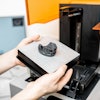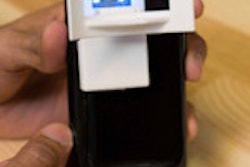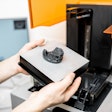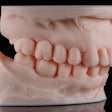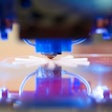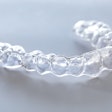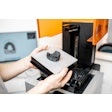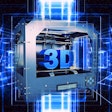Patient discomfort during bitewing exams is similar in most cases regardless of whether conventional film or digital sensors are used, according to a study in the current issue of Dentomaxillofacial Radiology.
Researchers from Aarus University compared patient discomfort during bitewing examinations using five intraoral receptors (DMFR, May 2012, Vol. 41:4, pp. 323-327):
- Conventional film (paper pack film from Eastman Kodak)
- Storage phosphor plate with a new soft cover (Digora Optime phosphor plate from Soredex)
- Commercial sensor with a wire and two square and two rounded corners (SuniRay from Suni Medical Imaging)
- New version of a previously developed sensor with a wire and four square corners (Digora Toto from Soredex)
- Newly developed sensor with a wire and four rounded corners (Snapshot (Instrumentarium Dental) complementary metal-oxide-semiconductors).
Each receptor was placed in the mouths of 60 patients for a bitewing examination that lasted approximately 10 seconds. The patients then rated their discomfort on a 100-mm visual analog scale following each bitewing exam for all five receptors.
The researchers found no significant difference in patient discomfort score between the conventional film and the Snapshot sensor (p > 0.05); however, both conventional film and the Snapshot sensor were significantly less uncomfortable than the other receptors (p < 0.05).



